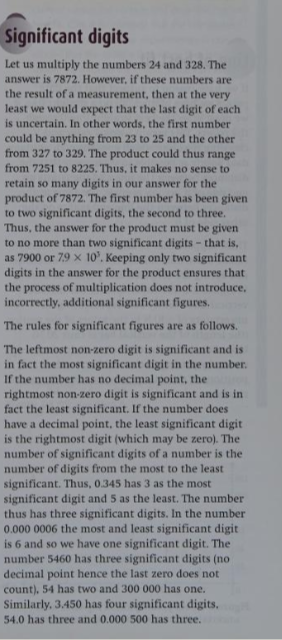Combo counting practice
Hi all,
Just wondering what practice exercises people find helpful to develop using combos when playing at the tables?
When you're at the tables do you use exact numbers or estimations?
Thanks,
Gabe16
3 Replies
I'm close to exact numbers. I've been using https://flopsy.io to learn. It's a tool focused on teaching you how quickly calculate possible/blocked combos in villain's range.
You can spectate hands or just take a deck of cards and deal some boards. Give villain various ranges and then try counting the hand combos of portions of their range.
Get fluent with "choose 2".
C(n, 2) = n(n-1) / 2
E.g. if there are 3 spades on board and you have none, there are C(10,2) = 10*9/2 = 45 flush combos for a Villain if they're playing any suited hand. After some practice with choose-2 combos, you'll start to know them by memory like multiplication tables.
Sometimes instead of choose-2,
I think you are way off. The typical hand reading strategy is to:
- Start at preflop with 100% range.
- For each villain spot, discard hands that would have taken another line
- Continue on the next spot with the previous range.
In almost all situations unsuited cards are folded way more often than suited cards.
On a similar note:
I'm close to exact numbers. I've been using https://flopsy.io to learn. It's a tool focused on teaching you how quickly calculate possible/blocked combos in villain's range.
You are not and you shouldn't.
While you can get exact calculations in situations where there is no human action involved (like the odds of being dealt XX) in almost all situations there's human action involved, in which case you can only approximate their strategy, for example, they are calling 20% of their range with a linear ranking or they are cbetting 50% of the time with AKs.
When performing mathematical operations of two numbers with different precision, the result has the precision of the smallest operand. For example:
10% of 852.48 is ~85
To say that your result is 85.248 is to have more precision than is actually afforded by your methods of calculation, and is an inappropriate overconfidence in your results.

